What Causes the Bounce Rate on Your Website?
A websiteŌĆÖs bounce rate is calculated by dividing the total of one-page sessions by the total of page visits. 41-55 percent is average, anything over 70% becomes disappointing, except for blogs and news websites. And if yours is going...
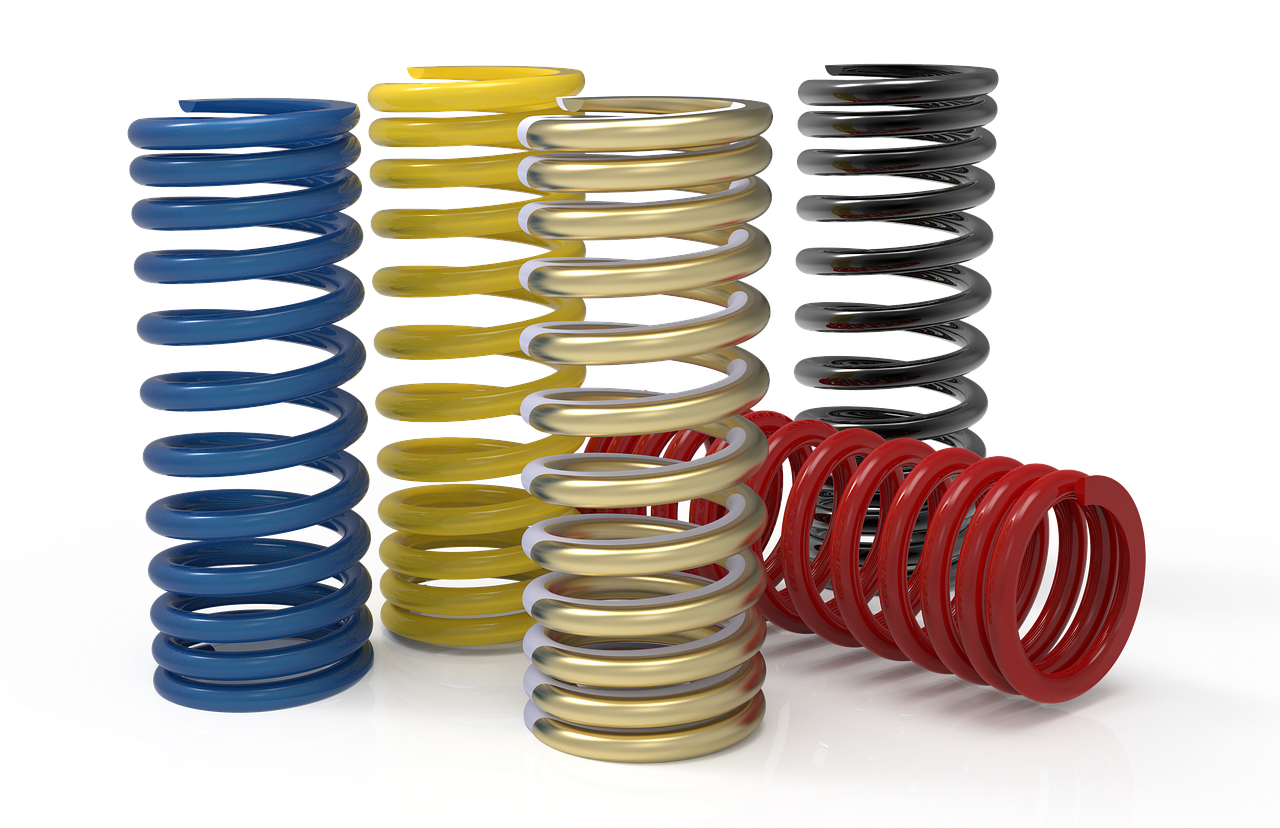
A website’s bounce rate is calculated by dividing the total of one-page sessions by the total of page visits.
41-55 percent is average, anything over 70% becomes disappointing, except for blogs and news websites.
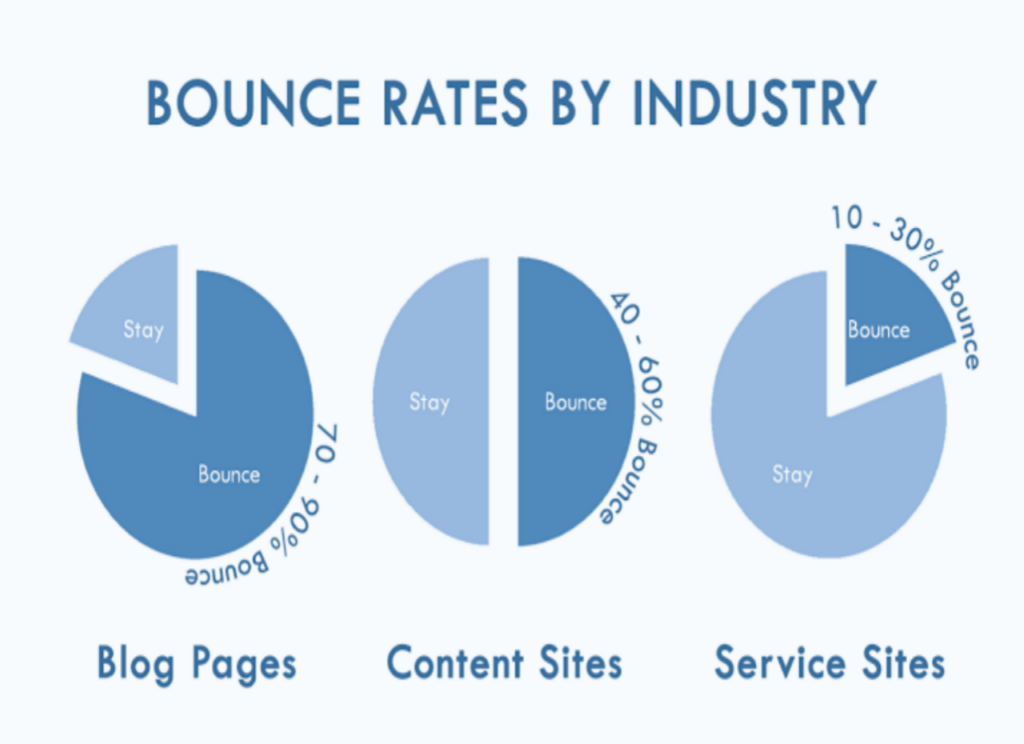 Image supplied by Author
Image supplied by AuthorAnd if yours is going below this, there are some serious problems that you need to fix. So without any further ado, let’s get started.
1. Bot Traffic
Bot traffic is a non-human traffic that is also an addition to your website’s metric.
When your landing page doesn’t perform well or you experience a high bounce rate on ads, bot traffic could be the culprit.
These bots can be automated to click on ads and visit websites as targeted humans. And guess what? Up to 29% of ad clicks can be accredited to bot action.
And if you as a marketer knows this, then a 45% bounce rate would not bother you.
This is because you know that every website visitor or traffic is not real.
The bots are automated to copy, paste, or scan information from web pages.
Up to 52% of website traffic in 2016 was bot traffic and this was staggering.
And this would have resulted in a large number of bounce rates for websites.
When you run ads online, these bots can result in ad revenue loss.
They are the reason you get unreal data when trying to measure your website’s bounce rate.
So bear in mind that not all website traffic is human traffic.
2. Speed Issues
A landing page load time can cause an increase in bounce rate. After all, our generation has an average attention span of 12-8 seconds.
With a 12-second attention span, it’s necessary to have your landing page loading faster.
It’s likely that the more pages a visitor views, the more likely he or she is going to add one of the items on a page to their cart.
This means that a faster-loading eCommerce website would get more items on the cart and that’s an increase in revenue.
But end-users indeed have different connection speeds, especially on mobile devices.
So it’s necessary to optimize your website speed for desktop as well as mobile phones.
Large eCommerce companies constantly optimize the speed of their landing pages to have an advantage.
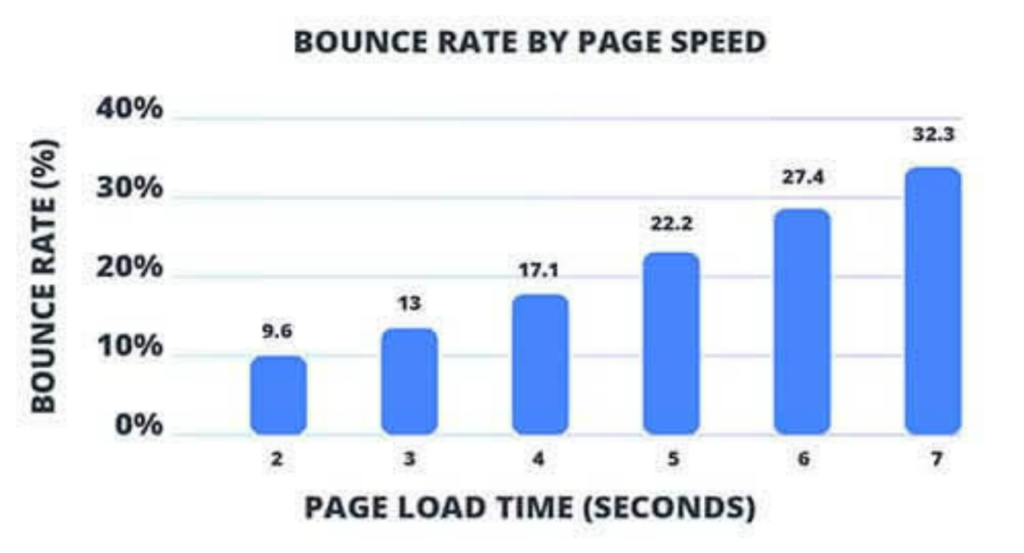 Image supplied by Author
Image supplied by AuthorAmazon for example reports over 1% decrease in sales when their page loading speed was 100ms slower than expected.
This means that the faster website pages load, the more time visitors would spend clicking on different web pages.
And when visitors begin to go through your website because of how fast pages load, your bounce rate gets lower.
3. Poor User Experience
Anyone who clicks your ad is trying to solve a problem. Your landing page design should focus on solving their problem.
Avoid distractions like pop-ups on your landing page. Otherwise, web visitors would definitely leave the website.
It could also be that your landing page layout, your colors, your design, and your copywriting are not well optimized.
The user experience is essential in converting a website visitor into a customer.
If your site is populated with messy, incorrect, irrelevant, or boring content and design, your ad clicks will bounce.
This would result in a low conversion rate.
An old-looking landing page can tell a visitor a lot about your business, especially when you’ve irrelevant images.
4. Weak or No Call-to-Action
Once a visitor clicks on your ad and goes through your landing page, they go through a decision-making process.
And when it’s time to move on to the next step, you need a clear and precise call to action to make that happen.
Every element matters when optimizing the perfect call to action.
Even the text color could double your click-through rate.
When users click the call to action and move over to the next page, this reduces your bounce rate.
It’s a must to have a call to action if you are trying to reduce your bounce rate.
If you don’t show where your visitors should go next, they might instantly hop on to your competitor’s website.
5. Low-Quality Content
Dollars literally fly out of the window when visitors bounce off due to poor quality content or copywriting.
This could be a lack of readability or when your content isn’t clear and concise.
Poor quality landing pages – or lack of landing pages – often cause a high bounce rate. If a customer doesn’t see what they’re looking for quickly, they’re more likely to bounce.
If they don’t see what they want, it’s easy to move over to a competitor’s website to get the problem solved.
They might get a poor impression of the company’s message and might be triggered to click off the landing page.
If your landing page content doesn’t answer the questions of your visitors, they might bounce off. And eventually, your conversion rate would get hurt.
6. Technical Error
Maybe your JavaScript is malfunctioning or visitors are hitting some sort of roadblock on your landing page.
Technical errors could be another reason why visitors are leaving your landing page.
It could also be that a website form is not loading, which can sometimes be a popular problem with websites.
These errors can exist on your site without you really figuring out what’s wrong.
If your site is quite small, you can test this on your own.
Try accessing your landing page through different devices and browsers or you can use Google search control if you have a bigger site.
7. Poorly Targeted Traffic
When you are getting the wrong visitors on your landing page, they can increase your bounce rate.
If your ad isn’t being shown to the right audience, it attracts the wrong clicks to your landing page.
This can include poor targeting, bad ad placements or not segmenting your campaigns by customer intent.
Try to define your target demographic, and get as granular as possible. This will allow you to display your ads to people who are most likely interested in your product or service.
General ad targeting can be costly and will likely result in a high bounce rate.
Run a manual landing page analysis and identify that page from your funnel which has the most bounce rate. Isolate it and run an analysis of the metrics.
Look at the page design, go through the page like a visitor, identify, and take relevant notes.
Along with this, you can apply these mini tips:
Get High-Value Traffic: Show your ads to the right audience, If you are using Google or Facebook PPC ad campaigns, refine your audience.
Write A Relevant Advertising Copy: Write ads that are relevant to your audience and narrow down your demographics deeply.
Use Heatmaps: Heatmaps show you what users are doing when they visit your website, you can see where visitors spend their time the most, and you can strategically add a call to action there.
Optimize Landing Page Speed: Test your speed at GTmetrix and keep optimizing unless you get a good result.
Filter out invalid traffic: Bots are a constant problem and one that requires a technical solution. Software for click fraud prevention is the best way to reduce your exposure to clicks from non-genuine traffic.
The Bottom Line
You have mostly figured out that reducing your bounce rate is not a lone endeavor.
The measurements you need to figure out before you can reduce your bounce rate require a series of processes.
These processes and solutions are not the same for every business.
What works for you might not work for another business. All in all, it’s all about observing, tweaking, and making it better over a period of time.

 FrankLin
FrankLin 








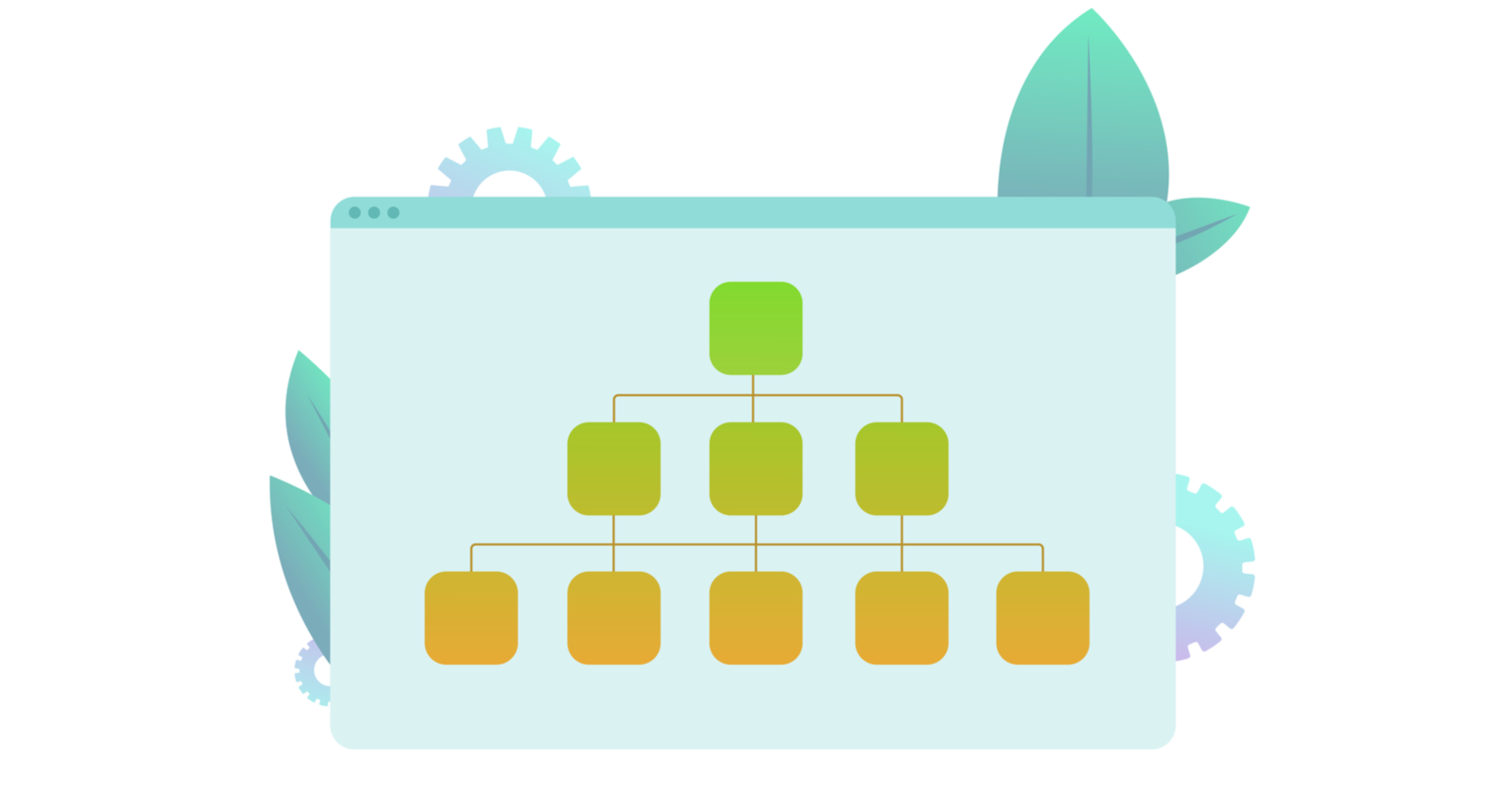
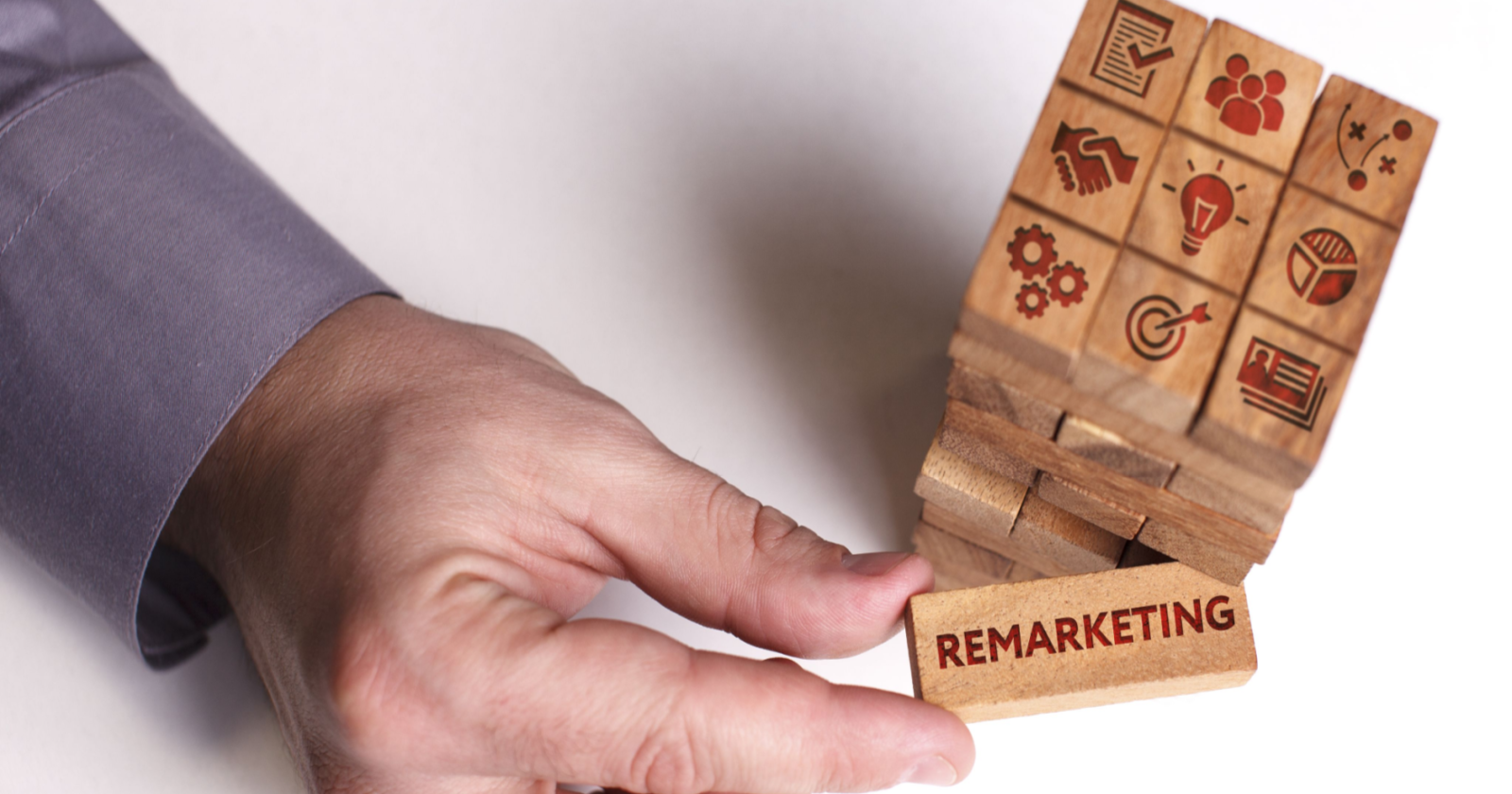

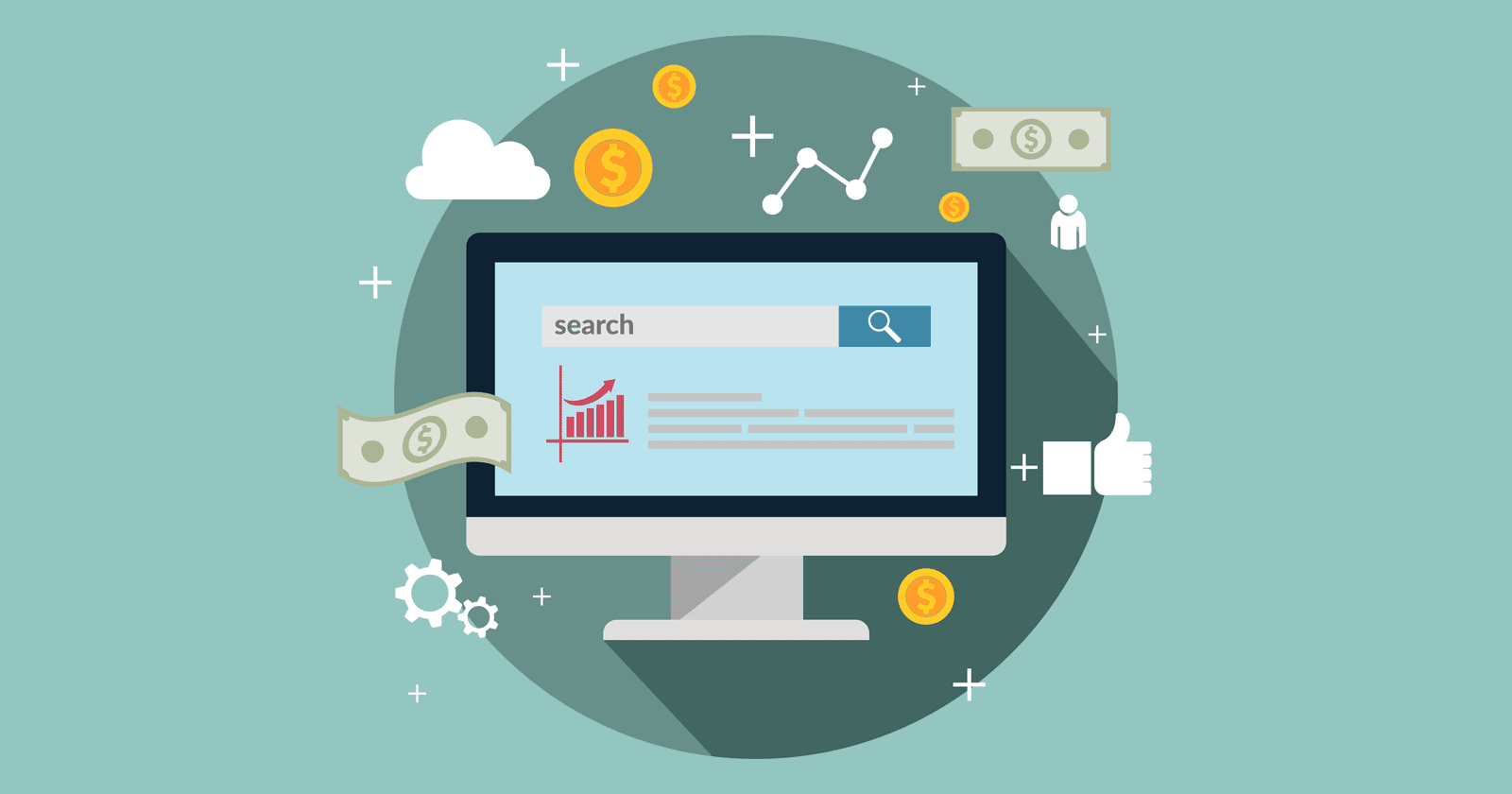
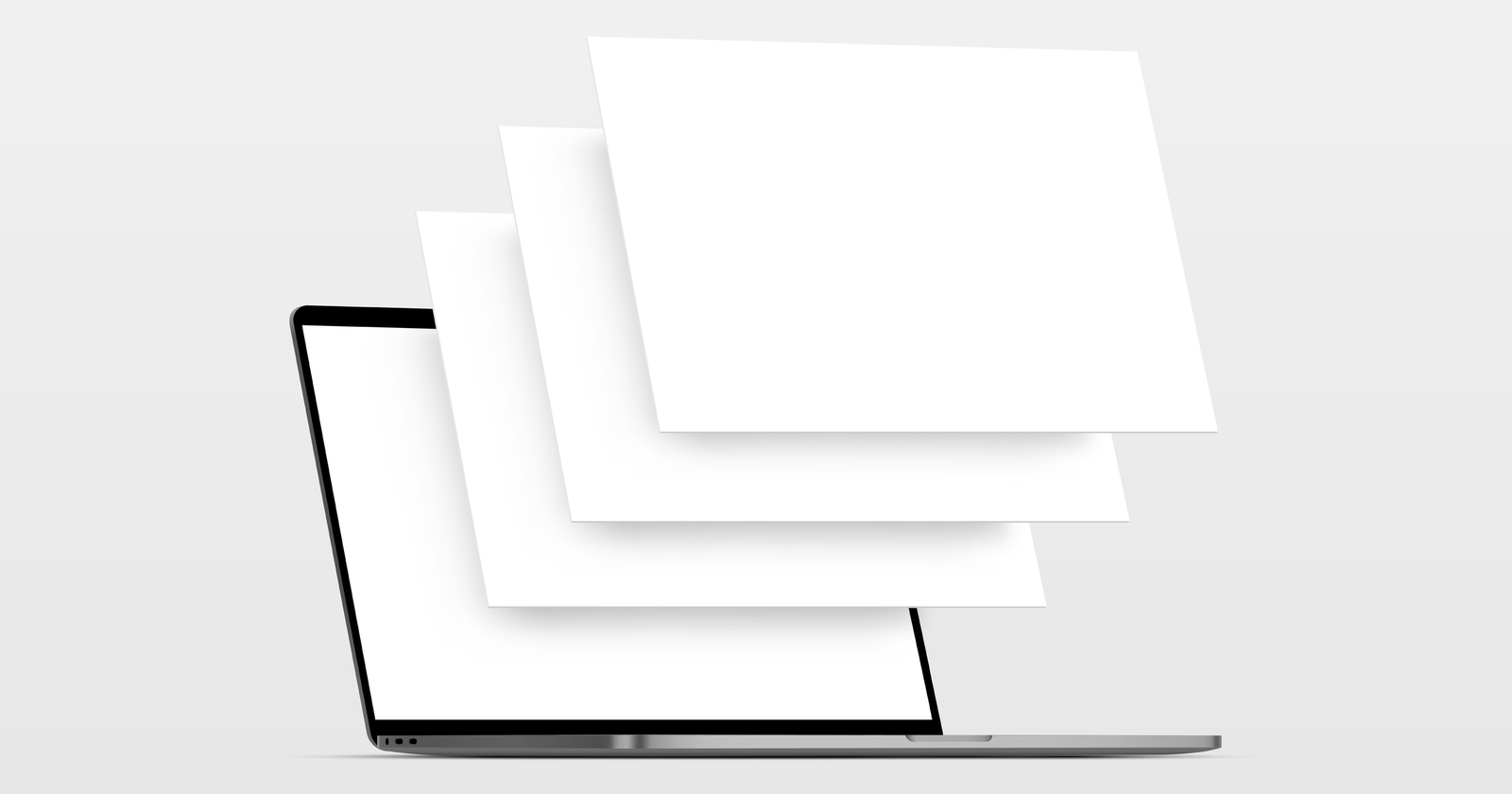



















.jpg&h=630&w=1200&q=100&v=6e07dc5773&c=1)